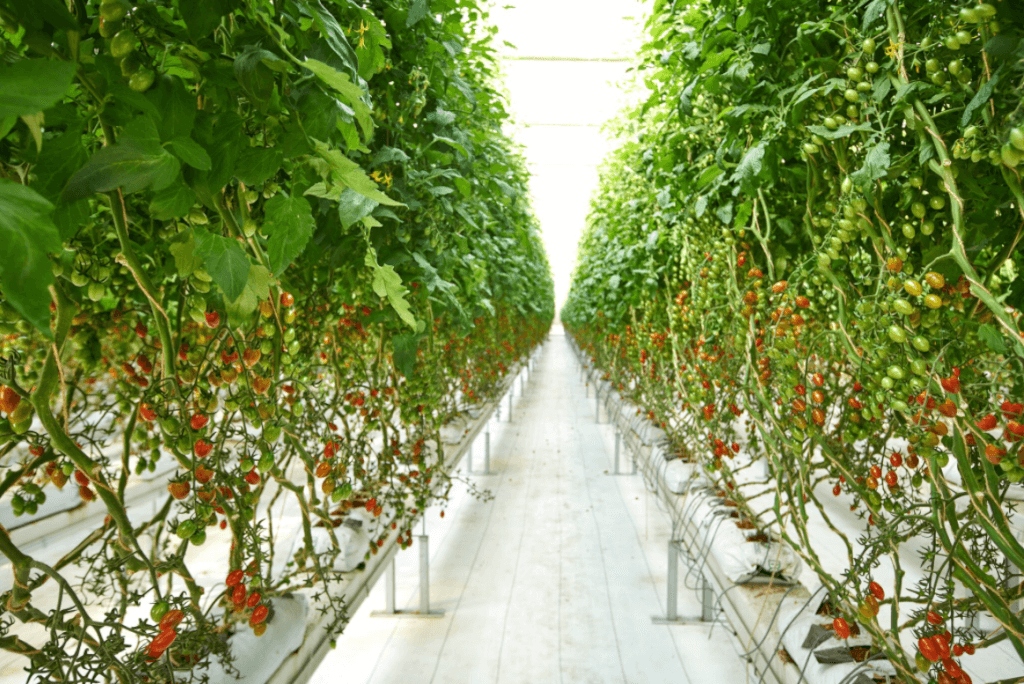
In honor of Earth Day and being mindful about the Earth everyday, I wanted to shine a light on agriculture practices that are helping keep our resources intact. It's understood that by the year 2050, there should be a population of approximately 9,000,000 or more. This is a staggering number and it taxes our natural resources to be able to supply that many mouths to feed. How can our world accommodate such a large need for food with limited resources?
I would suspect that you are concerned about this just as I am, and for good reason. What we do today will impact how we're able to address our global food supply, as well as our own food supply right here at home, in the future. So, I am looking a bit more closely at some of the agricultural practices being used. and I'm also thinking about my own farm and ways that we can sustainably continue to grow food at a larger level without sacrificing nutritional content and quality while preserving what we have.
One practice that I am really keen on is growing in greenhouses. I'm not talking about the small greenhouses in one's backyard – and I would love to have one in my own backyard, rather the kind that offer state-of-the art advancements in growing techniques. The kinds that provide a whole new world in which to grow our food.
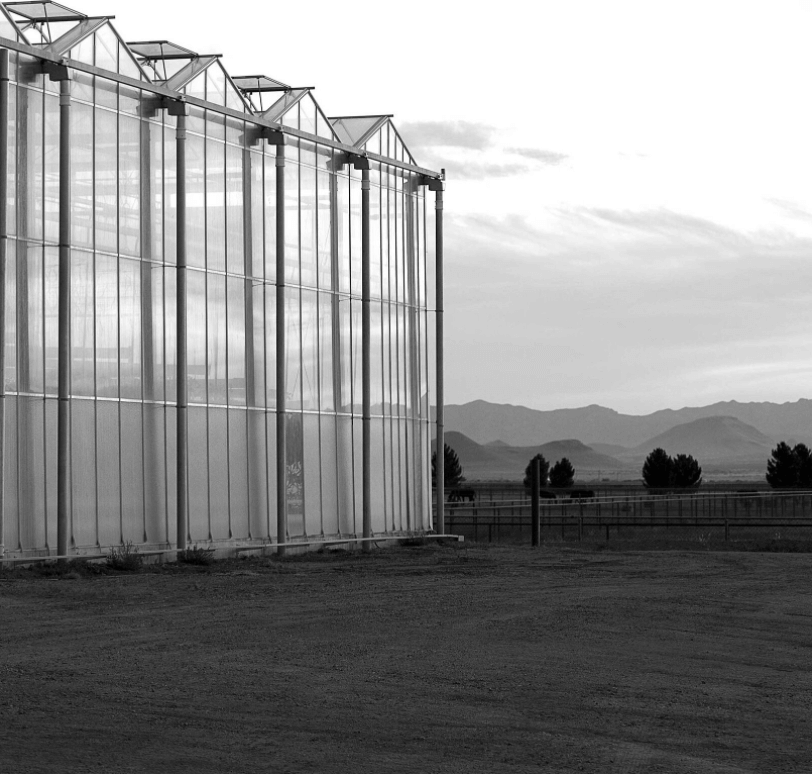
Photo Courtesy of NatureSweet®
There are many reasons why I am becoming more bullish on greenhouse growing, not to mention that many food items would not be available to us year-round without such capabilities. I am not quite ready to give up foods that aren't able to be grown here year-round, and growing them in greenhouses right here is an answer to that. In fact, tomatoes can now be grown all year round because of being grown more steadily in greenhouses now.
Let's look at three other reasons why greenhouse growing is important, efficient, good for our Earth, and ourselves.
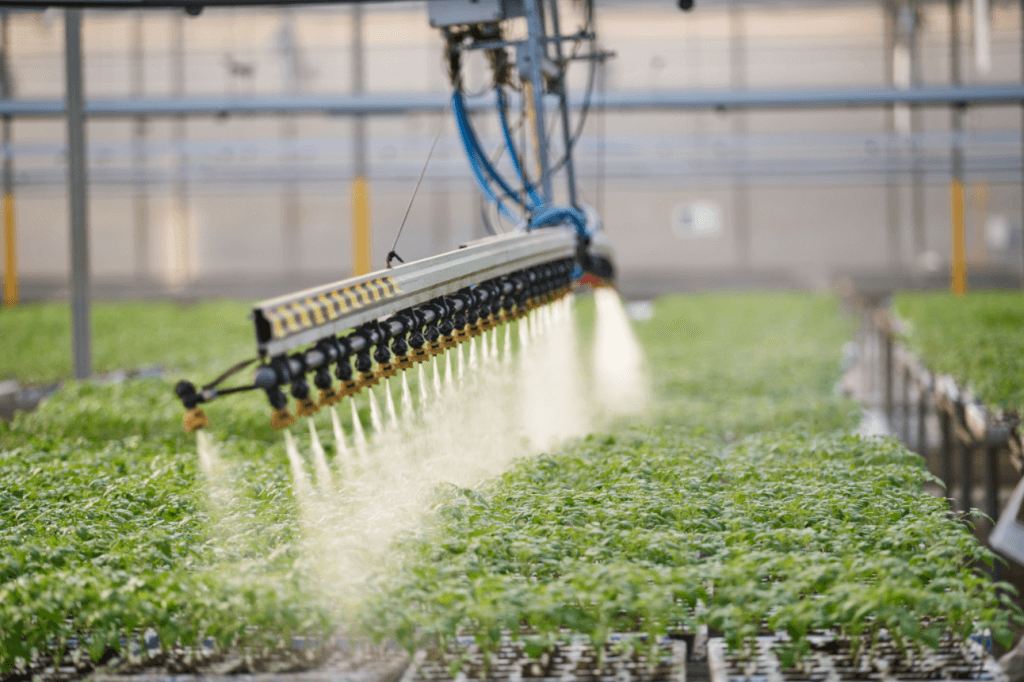
Photo Courtesy of NatureSweet®
PRESERVING THE EARTH'S WATER SUPPLY
Greenhouses recycle water. They are using far less water than traditional growing methods, and this is increasingly important given the droughts that so many of our farmers face annually. With the climate being so erratic, water is not something to take for granted. One greenhouse growing company, NatureSweet®, is able to use 80% less water for their tomato plants than traditional growing methods.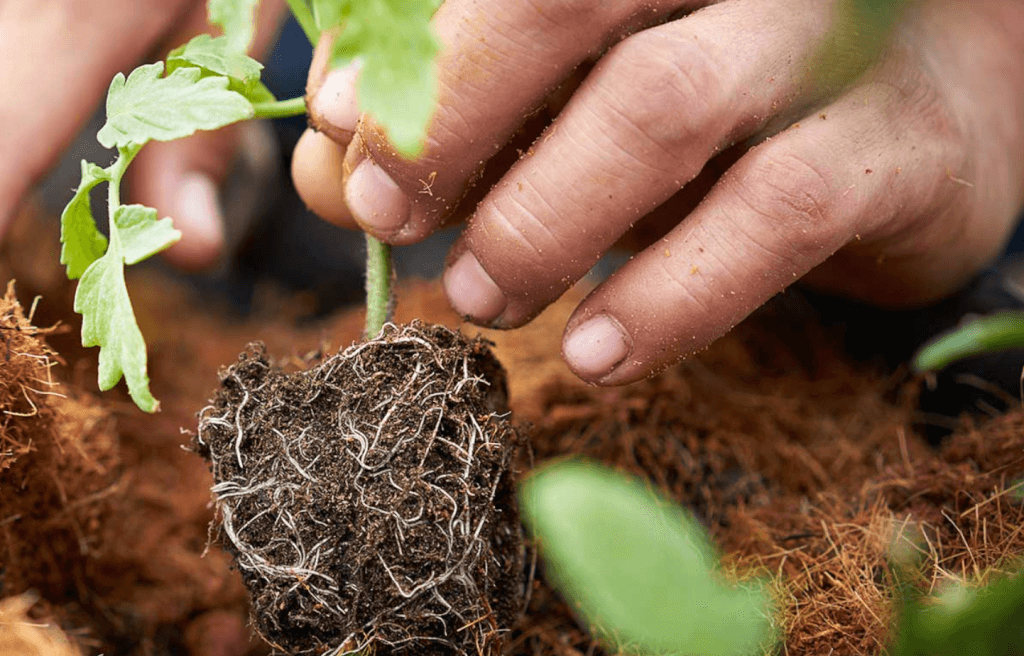
Photo Courtesy of NatureSweet®
PRESERVING LAND and SOIL
Growing hydroponically means that the plants / crops are grown in substances other than soil, preserving the land. For example, NatureSweet plants are grown in coconut husks. It helps the plants resist disease and provides a unique growing environment for their proprietary seeds, all of which are non-GMO, btw. Plus, these fruits and foods are just as nutritious as produce grown in soil. So, it’s still good for you!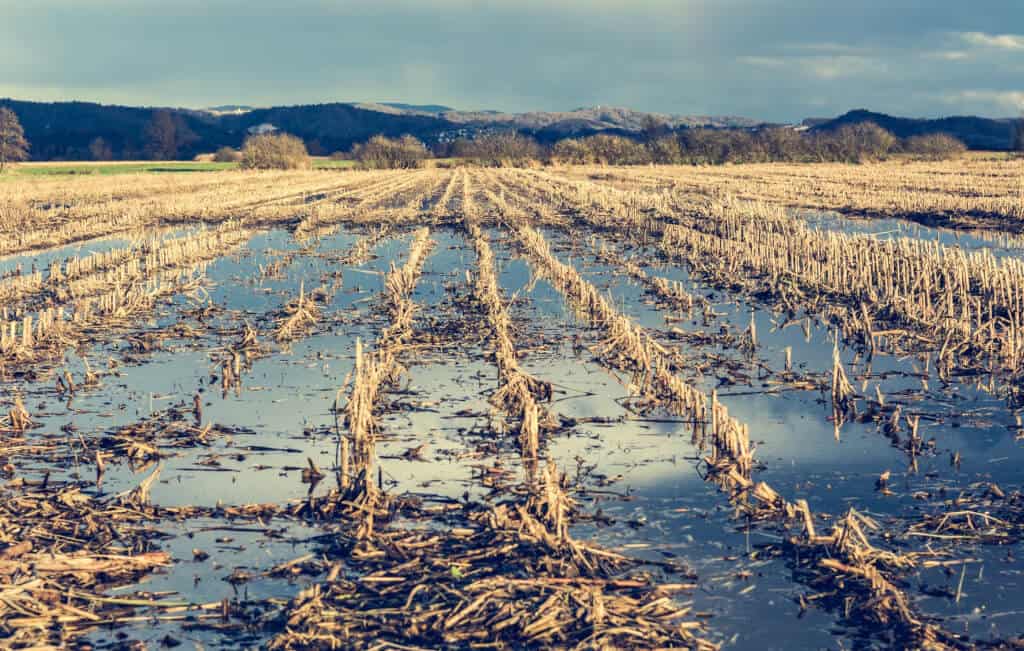
WITHSTAND MORE CLIMATE CHALLENGES
Greenhouse grown fruits and vegetables are better protected from pests, harsh weather patterns, and natural disasters that can be hard for outdoor crops to stand up to. And we know how bad it’s been lately! Droughts, floods, you name it!It's for these reasons that I think they are more important than ever before, and I am also more at ease supporting these foods at the grocery store with my hard-earned dollars. In fact, I have no trouble in continuing to support the food companies that are doing their part to help the environment, the Earth and us.



Comments